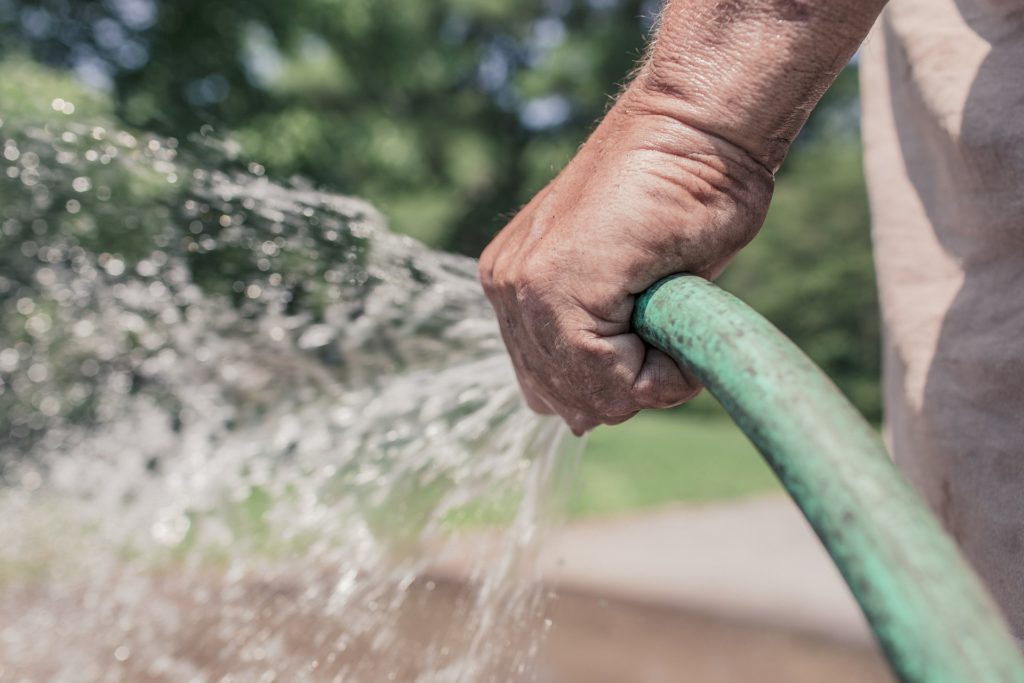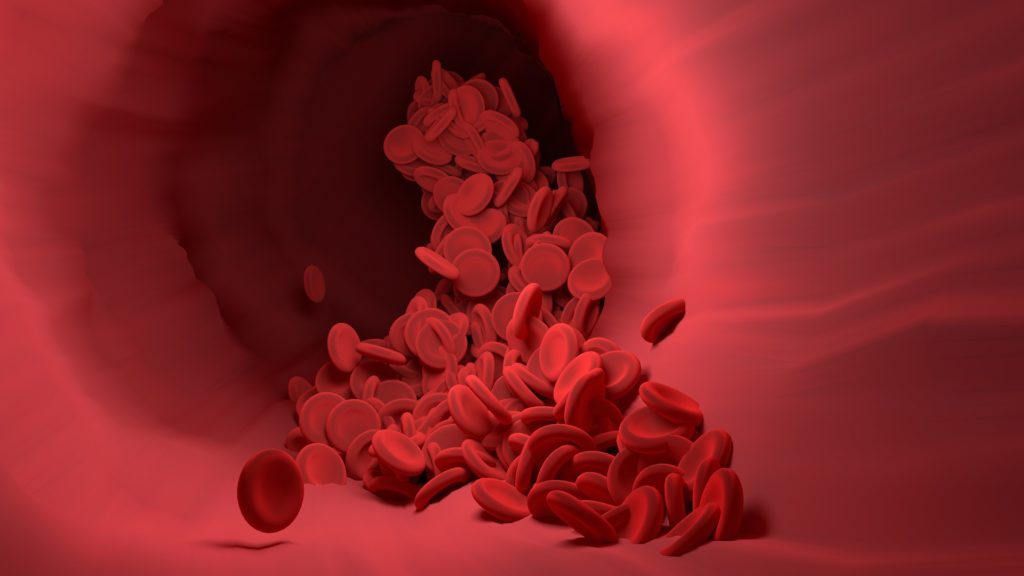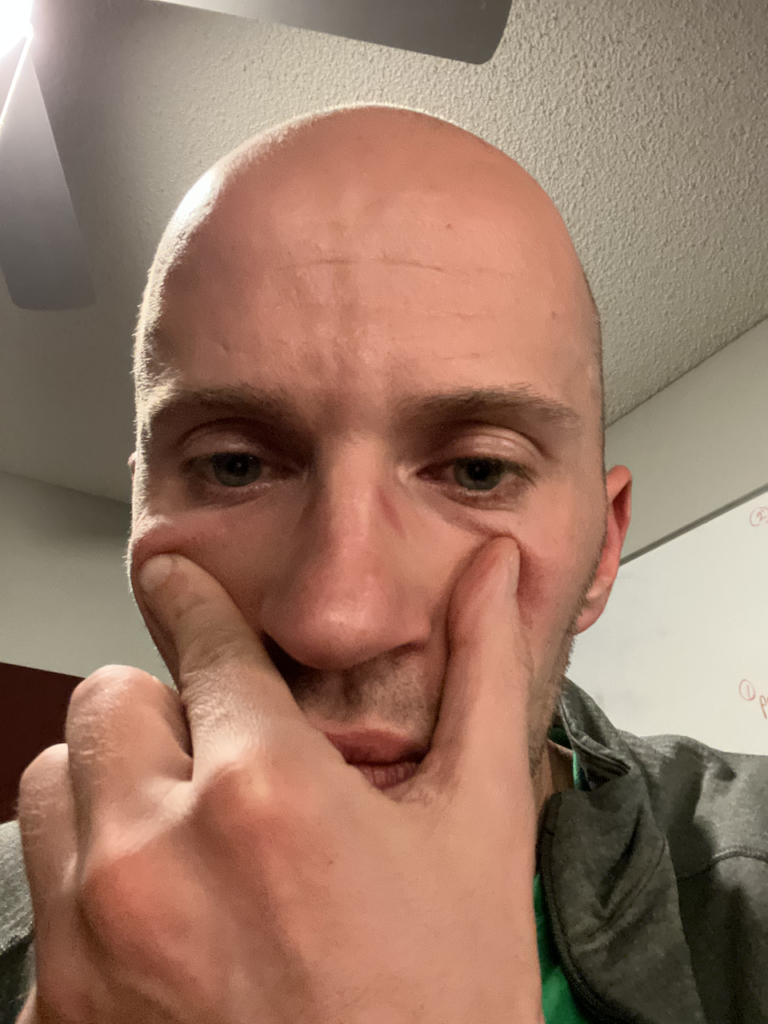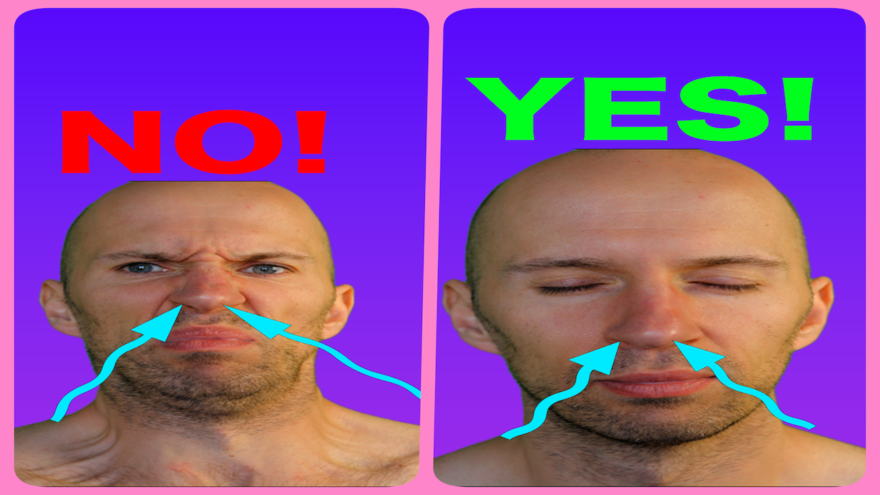Table of Contents
Using breathing to get more mobile? Not with THAT inhale
If you are someone who takes MASSIVE inhales to try and loosen up your ribcage, neck, or any other area, I have some news for you…
That…don’t…work.
I know! It seems counterintuitive. I’m tight in a given area, I need to force air in a given area, rinse and repeat.
The problem is that our bodies don’t create more space in that manner. There are physical properties that require a different strategy needed to create an effective inhale, one that promotes taking your mobility gains to the next level.
What strategy is that you might ask?
Check out the video and post below to learn it!
How physics shows that big inhales don’t work
To understand why you can’t force air into areas and expect mobility gains to be on fleek, we have to dust off our physics textbooks.
There is an equation relevant to fluid flow within our human bodies called Pouiselle’s equation. It looks like this:
Scary, right?
I’ll break down all the symbols, don’t you worry!
F = flow
R = radius
∆p = change in pressure
η= viscosity
L = length
Basically, if there is more pressure or a larger radius, the fluid flow will increase. If there is lower pressure or a smaller radius, fluid flow will decrease.
I’ll give you a classic example that you’ll TOTALLY get.
Suppose it’s summertime. The sun is shining, the birds are chirping, and you are watering your plants while hanging out with the fam.

Of course, you begin daydreaming about Pouiselle’s equation. You notice that your hose has a certain radius (circular size of the tube) and is releasing water at a certain speed (pressure), flowing like whoa!
Then, you get a bright idea.
You decide you want to SOAK your friend. After all, that’s what friends are for.
The problem? The water isn’t shooting out fast enough to really get ‘em soaked.
So what do you do? You put your thumb partially over the hose. Because you made the radius smaller, water shoots out WAY faster (higher pressure), causing your friend to get soaking wet.
Glorious!
Consequently, the flow rate also reduces as well (less water comes out), but it…was…so…SO…worth it.
Here, we can see how the relationship between radius, pressure, and flow works.
Want a human body example? Think about your blood vessels and blood pressure.

When blood pressure is high, the blood vessels constrict (shrink the radius), this causes pressure within your blood vessels to increase, expediting how fast blood gets to where you need it.
Notice what is true in both of these examples.
Higher pressures are equated with less available space.
What I mean by that is when pressure, or force generated, is high, the radius gets smaller as a consequence.
So fam, how do you think this relationship relates to breathing?
I’m
Glad
You
Asked!
Let’s compare and contrast two different inhales.
Suppose I take a quiet, easy, low-effort inhale. Here I’m not working super hard, it’s almost passive you might say (low force and low pressure). Because this inhale creates a lower pressure, my airway’s radius can remain hyooge.

Quiet inhale = Low pressure, larger radius (more space)
Contrast that with your big, forceful inhales.
Here, I’m working WAY hard, which creates a situation of higher pressure. Think neck muscles going crazy, and maybe you are even getting that vein in your forehead going.
Here, we have a higher pressure situation, and because of the increased muscular activity, the size of my airway (and surrounding tissues), will inevitably be smaller.

Forceful inhale = high pressure, smaller radius (less space)
If my goal is to maximize my available range of motion, then I need to find strategies that create more available space within my body. We can see here that forcing the inhale, given the physics principles behind it, is not going to cut it for us.
What will? Read on!
The proper way to execute an inhale
If we are inhaling to create more space, then we need strategies that help create more space.
Inhale QUIETLY through the nose.
A nasal inhale is MONEY when it comes to maximizing mobility. In fact, according to this study, mouth breathing causes the pharyngeal airway to collapse compared to nasal breathing in those who have obstructive sleep apnea.
If the airway is collapsing, guess what? You ain’t getting more space.
To maintain space, we want to make sure we inhale quietly through the nose. You’ll also want to do your darndest to keep your tongue on the roof of your mouth, as this can aid in creating an ideal pressure situation in the nose.
Keys:
- Quiet
- Nasal
- Tongue on roof of mouth
- Not forced, only take what your body gives you
What if I can’t breathe in through my nose
If you can’t breathe through your nose effectively, you may have some type of obstruction that could benefit from an ENT evaluation. Treatments could range from addressing allergies, to various surgical procedures. Please get checked out!
That said, there are some conservative strategies you could implement that can enhance your nasal breathing capabilities:
- Nasal clearing exercise – I got this from my ENT who did my tongue tie release. It helps alter the pressures in the nose. It’s quite bomb
- BoomBoom sticks – These are essential oils that really open up the nostrils
- Cottle’s maneuver – basically, spread the sides of your nose to open up the airway

- Nasal saline rinse – You can use this to clear out your nose. It’s awesome!
There are also various nasal dilators that can be used to open up the nasal airway. I have the most experience with the Mute, but I’ve also had clients utilize Intake and Breathe Right strips with great success.
Sum up
And those are some of the big keys with breathing through the nose like a rockstar!
To summarize:
- Hard inhales reduce airway space, limiting your mobility gains
- Quiet, soft inhales increase airway space, which can maximize range of motion
- An inhale should be quiet through the nose, with the tongue on the roof of your mouth
- Use various strategies to keep your nose clear; making nasal breathing effective
What struggles have you had with the inhale? Comment below and let the fam know!

